Home>Gardening & Outdoor>Landscaping Ideas>How To Stop Pet Urine From Killing Grass
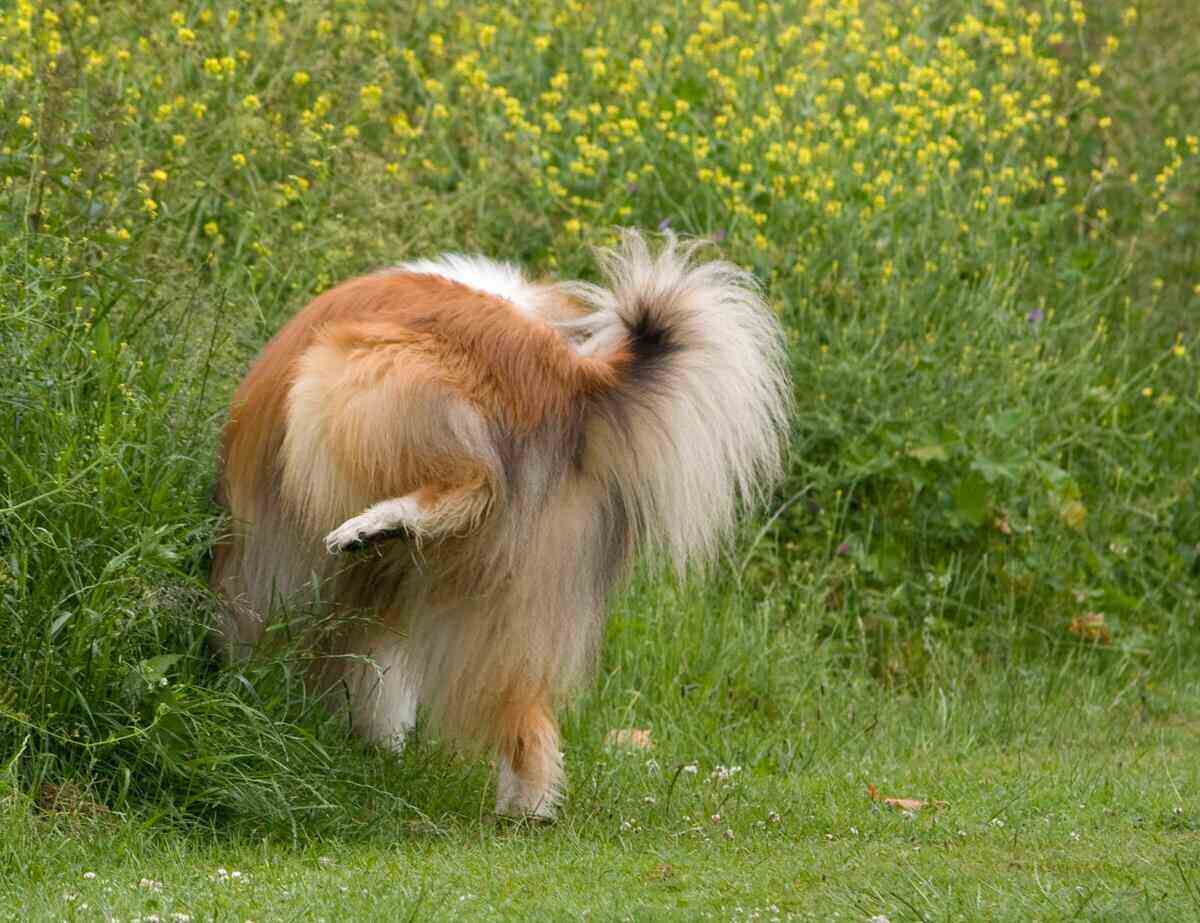

Landscaping Ideas
How To Stop Pet Urine From Killing Grass
Published: January 26, 2024
Learn effective landscaping ideas to prevent pet urine from damaging your grass. Discover practical tips and solutions to keep your lawn green and healthy.
(Many of the links in this article redirect to a specific reviewed product. Your purchase of these products through affiliate links helps to generate commission for Storables.com, at no extra cost. Learn more)
Introduction
Having a lush, green lawn can significantly enhance the aesthetic appeal of your outdoor space. However, if you're a pet owner, you may have encountered the frustrating issue of pet urine causing unsightly brown patches on your once-vibrant grass. While this problem is common among pet owners, it can be managed effectively with the right approach.
In this comprehensive guide, we'll delve into the impact of pet urine on grass and explore practical tips for preventing your furry friend's bathroom breaks from wreaking havoc on your lawn. Additionally, we'll discuss remedies for repairing grass damaged by pet urine, empowering you to maintain a beautiful yard while enjoying the companionship of your beloved pets.
Let's embark on a journey to discover how you can preserve the health and vitality of your grass, even in the presence of playful paws and wagging tails.
Key Takeaways:
- Protect your grass from pet urine by keeping your furry friend well-hydrated, creating a designated bathroom area, and promptly diluting urine with water to prevent unsightly brown spots.
- Revive your lawn by reseeding, amending the soil, and engaging professional lawn care services to counter the effects of pet urine and restore a lush, green landscape.
Read more: How To Remove Pet Urine From Fake Grass
Understanding the Impact of Pet Urine on Grass
While pet urine is primarily composed of water, it also contains various compounds that can have a detrimental effect on grass. One of the most significant contributors to grass damage is the high concentration of nitrogen in pet urine. When pets urinate on the lawn, the nitrogen content can be excessively concentrated in a small area, essentially over-fertilizing the grass. This overabundance of nitrogen can result in "burn" or brown spots, which are particularly noticeable on otherwise healthy, green lawns.
Furthermore, the pH level of pet urine is another factor that can impact grass health. Urine is naturally acidic, and when deposited on the grass, it can alter the pH balance of the soil in that specific area. This acidic environment can hinder the grass's ability to absorb essential nutrients, leading to weakened and discolored patches.
It's important to note that the size and breed of your pet can also influence the extent of grass damage. Larger dogs, for instance, tend to produce more urine, which can lead to more pronounced lawn discoloration. Additionally, certain breeds may produce urine with higher nitrogen concentrations, exacerbating the potential for damage.
Understanding these underlying factors is crucial in devising effective strategies to mitigate the impact of pet urine on your grass. By recognizing the specific challenges posed by pet urine, you can implement targeted solutions to maintain a vibrant and resilient lawn.
Tips for Preventing Pet Urine from Killing Grass
While it may seem challenging to prevent pet urine from damaging your grass, there are several proactive measures you can take to minimize its impact. By incorporating these tips into your pet care routine, you can safeguard the health and appearance of your lawn:
- Hydration Is Key: Ensure that your pet remains well-hydrated to dilute the concentration of nitrogen in their urine. Encouraging increased water intake can help mitigate the potential for grass damage.
- Strategic Watering: Water the areas of your lawn where your pet frequently urinates immediately after their bathroom breaks. This practice can help dilute the urine and disperse the nitrogen, reducing the risk of burn spots.
- Designated Bathroom Area: Consider creating a designated bathroom area for your pet, such as a gravel or mulch patch. This designated spot can help concentrate the effects of urine in a specific area, minimizing the impact on the rest of your lawn.
- Timely Cleanup: Promptly dilute pet urine by pouring water over the affected area to minimize its impact on the grass. This simple yet effective step can significantly reduce the likelihood of brown spots developing.
- Professional Lawn Treatment: Explore specialized lawn treatments designed to neutralize the effects of pet urine. These products can help balance the pH levels of the soil and minimize the damage caused by urine.
- Training and Rewards: Implement training techniques to encourage your pet to urinate in a designated area. Positive reinforcement and rewards for using the designated spot can help modify their behavior over time.
By integrating these preventive measures into your routine, you can proactively address the challenges associated with pet urine and preserve the vitality of your lawn. With a thoughtful approach and consistent implementation, you can enjoy a harmonious coexistence between your pets and a flourishing, green landscape.
To stop pet urine from killing grass, try watering the area immediately after your pet urinates to dilute the urine and minimize its impact on the grass.
Remedies for Repairing Grass Damaged by Pet Urine
If your lawn has already fallen victim to pet urine damage, there are effective remedies and restoration techniques that can help revive its lush appearance. By addressing the affected areas with targeted care, you can facilitate the regrowth of healthy grass and mitigate the visual impact of urine-related damage.
Here are some key remedies for repairing grass damaged by pet urine:
- Reseeding and Overseeding: Introduce new grass seed to the affected areas to promote regrowth and fill in bare patches. Overseeding the entire lawn can also help ensure uniform coverage and aid in the recovery process.
- Soil Amendment: Incorporate organic matter and soil amendments to improve the overall health of the soil. This can enhance nutrient absorption and create a more hospitable environment for grass to thrive, aiding in its recovery from urine damage.
- Watering and Fertilization: Maintain consistent watering schedules to keep the soil adequately moist for optimal grass growth. Additionally, consider targeted fertilization to provide essential nutrients that support the recovery and revitalization of the affected areas.
- Aeration: Utilize aeration techniques to improve soil compaction and enhance the circulation of air, water, and nutrients within the soil. This can bolster the recovery of damaged grass and contribute to overall lawn health.
- Professional Lawn Care Services: Engage professional lawn care services that specialize in rejuvenating damaged lawns. These experts can provide tailored solutions, such as pH-balancing treatments and specialized care regimens, to expedite the recovery process.
- Alternative Ground Cover: In areas where grass struggles to thrive due to persistent urine damage, consider implementing alternative ground cover options, such as landscaping rocks or mulch, to minimize the visual impact and create a resilient, low-maintenance solution.
By implementing these targeted remedies and restoration strategies, you can effectively address the aftermath of pet urine damage and facilitate the rejuvenation of your lawn. With patience and dedicated care, you can witness the gradual transformation of damaged areas into thriving, green spaces, restoring the beauty of your outdoor environment.
Conclusion
Managing the impact of pet urine on your lawn requires a combination of proactive prevention and targeted remediation. By understanding the underlying factors that contribute to grass damage and implementing practical solutions, you can maintain a vibrant and resilient lawn while cherishing the companionship of your pets.
From strategic watering and designated bathroom areas to reseeding and professional lawn care, there are numerous approaches to safeguarding your grass from the effects of pet urine. By integrating these strategies into your pet care and lawn maintenance routines, you can strike a harmonious balance between a thriving outdoor landscape and the joy of pet ownership.
Remember, patience and consistency are key when implementing these measures. With time and attentive care, you can effectively mitigate the impact of pet urine on your grass, fostering a healthy and visually appealing lawn for both you and your beloved pets to enjoy.
Embrace the journey of nurturing your lawn, and celebrate the resilience of nature as you witness the rejuvenation of once-damaged areas. With the right knowledge and proactive steps, you can create an environment where your pets can roam freely, and your grass can flourish abundantly, coexisting in perfect harmony.
Here’s to a future filled with lush, green landscapes and cherished moments shared with your furry companions.
Frequently Asked Questions about How To Stop Pet Urine From Killing Grass
Was this page helpful?
At Storables.com, we guarantee accurate and reliable information. Our content, validated by Expert Board Contributors, is crafted following stringent Editorial Policies. We're committed to providing you with well-researched, expert-backed insights for all your informational needs.
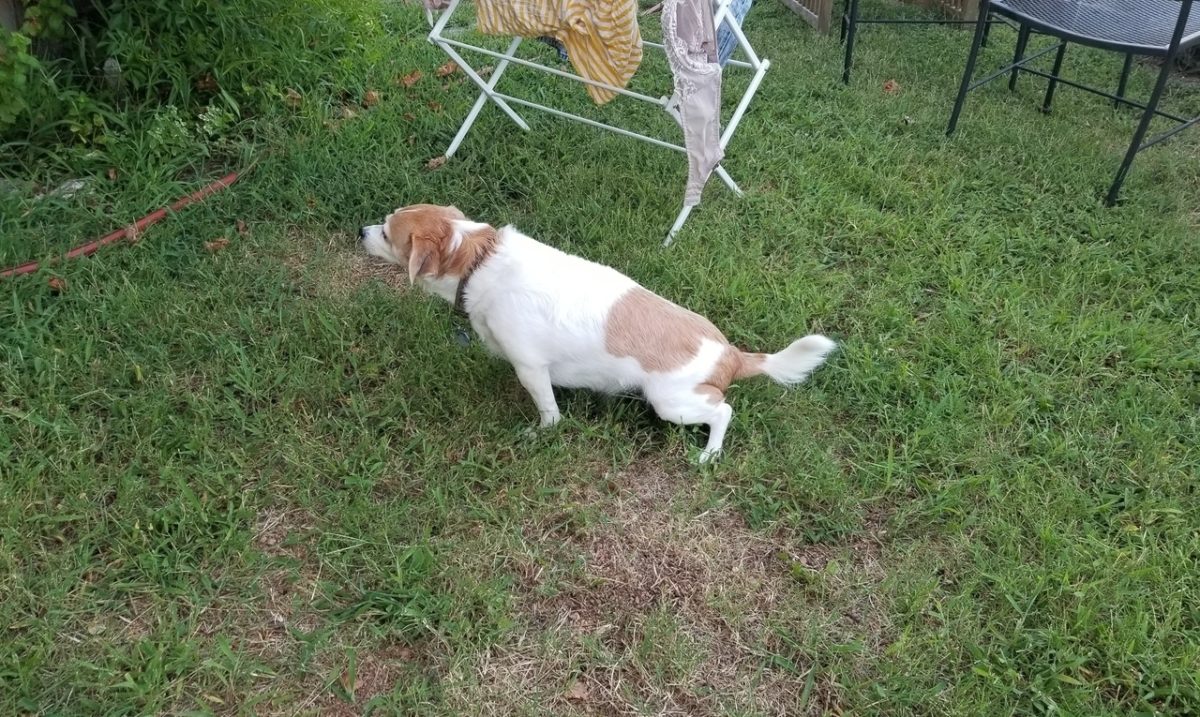
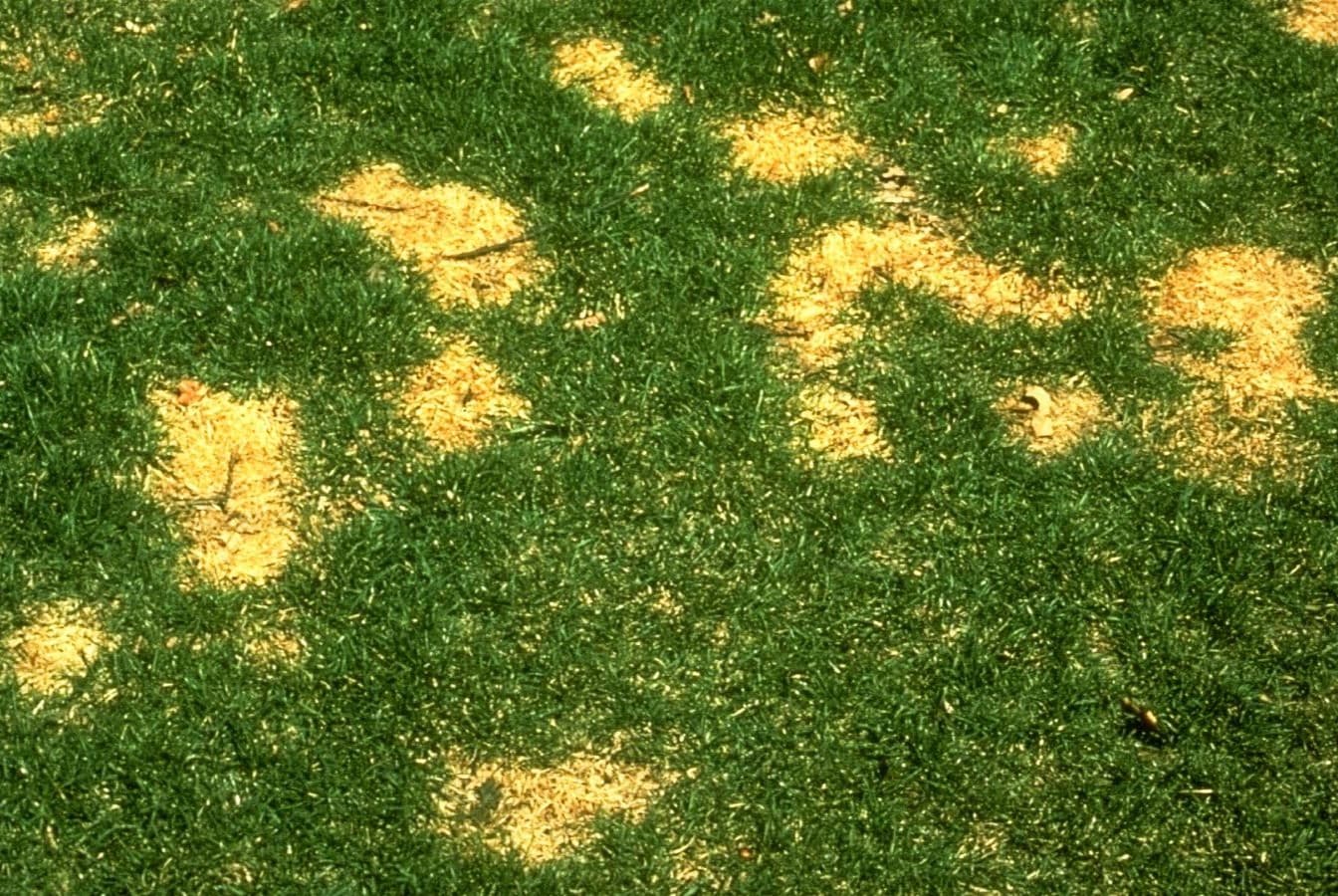
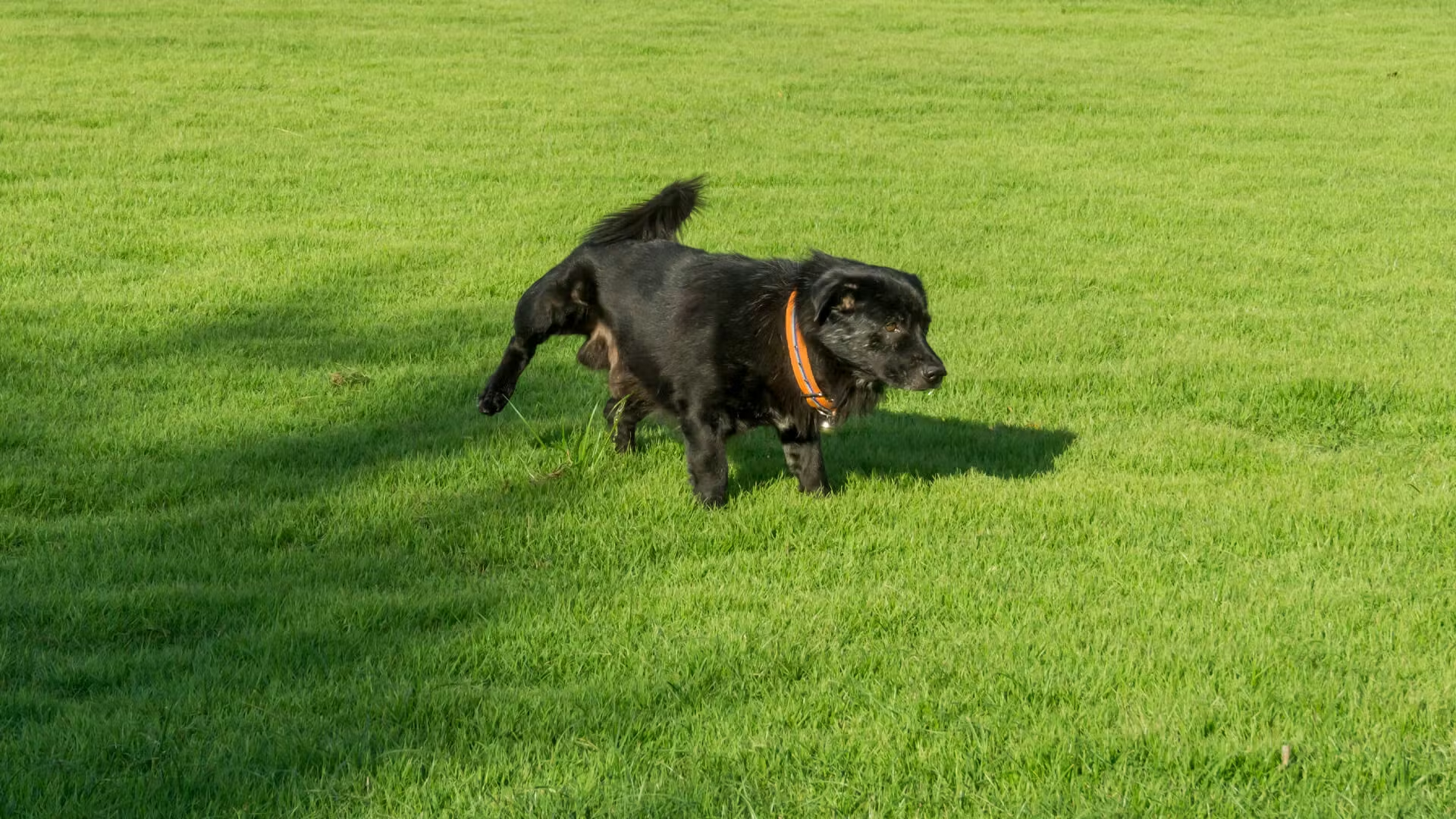
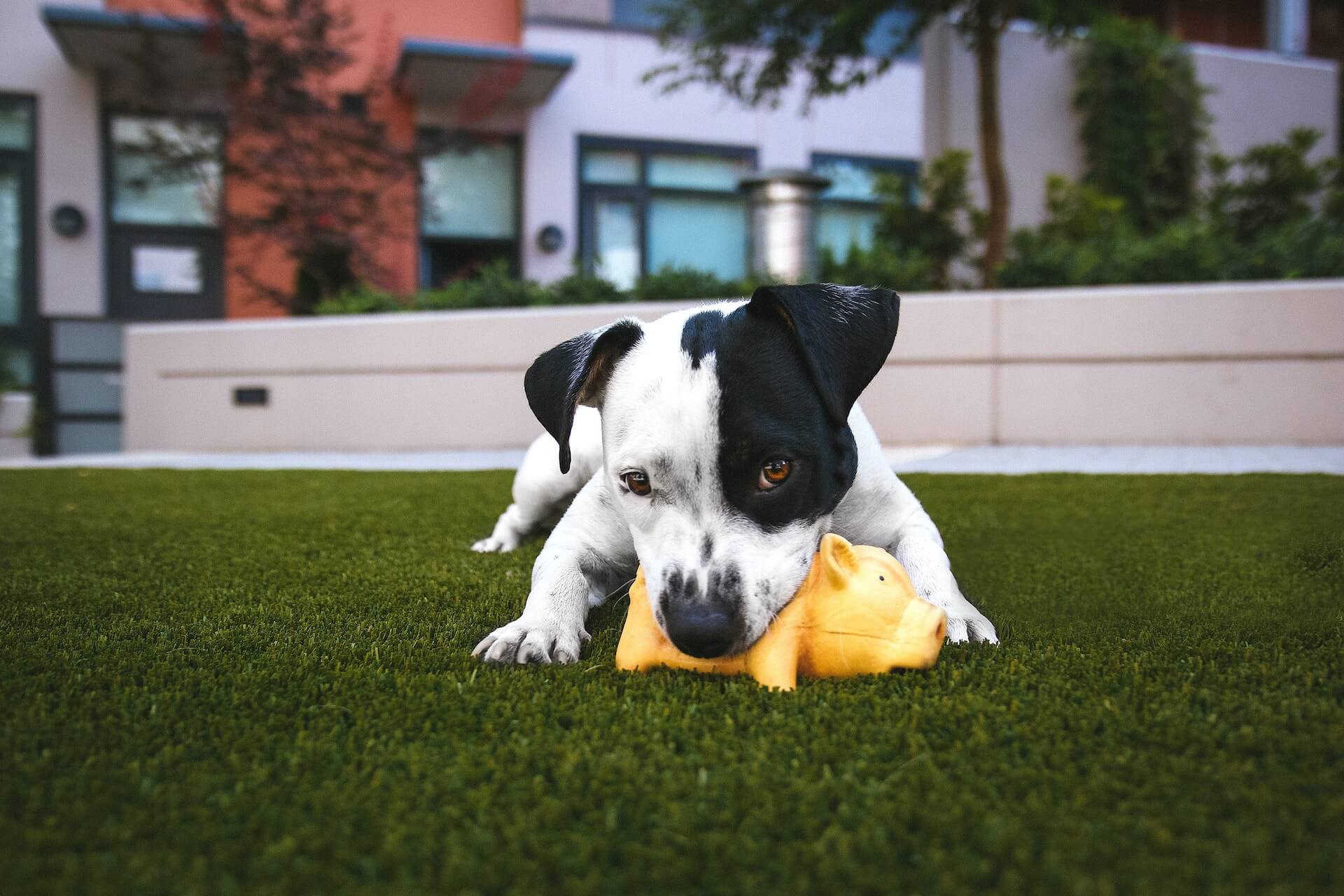
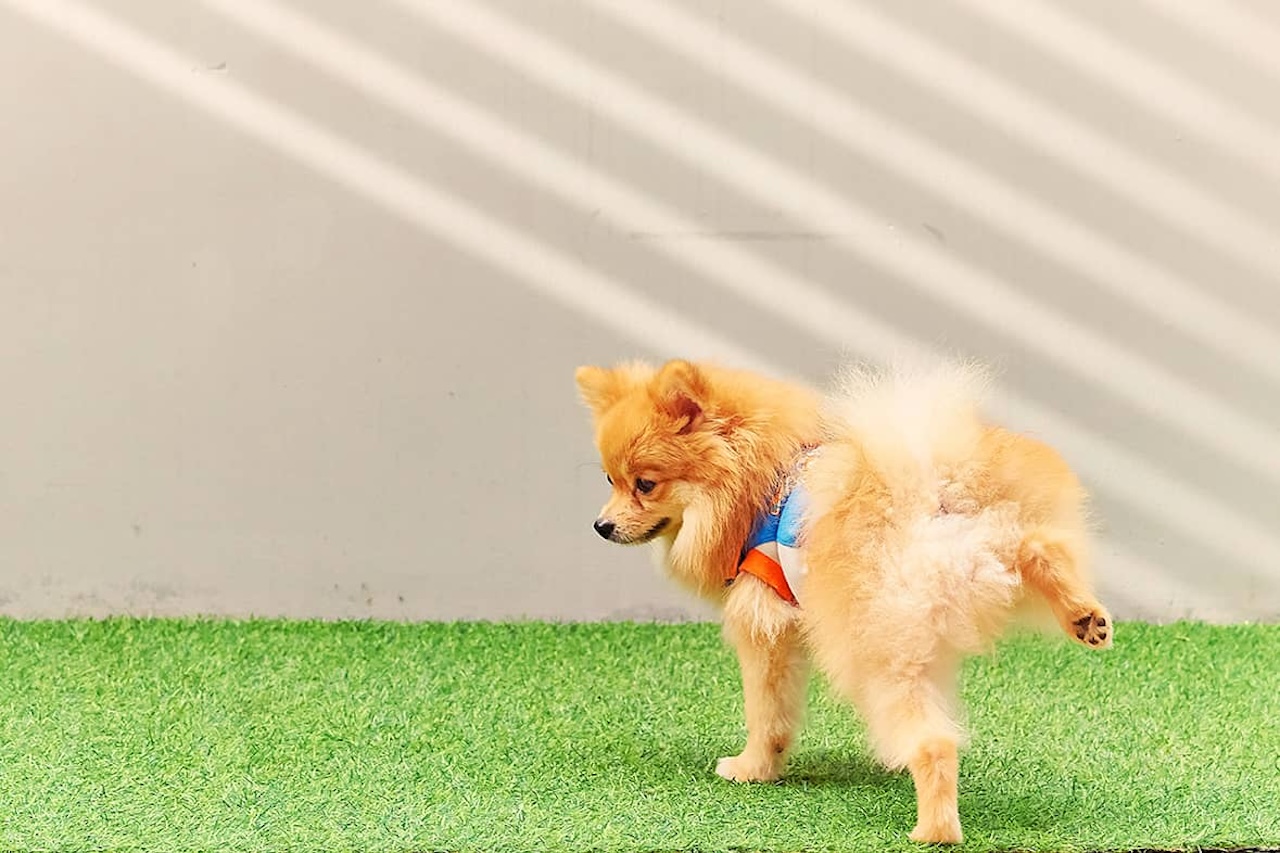
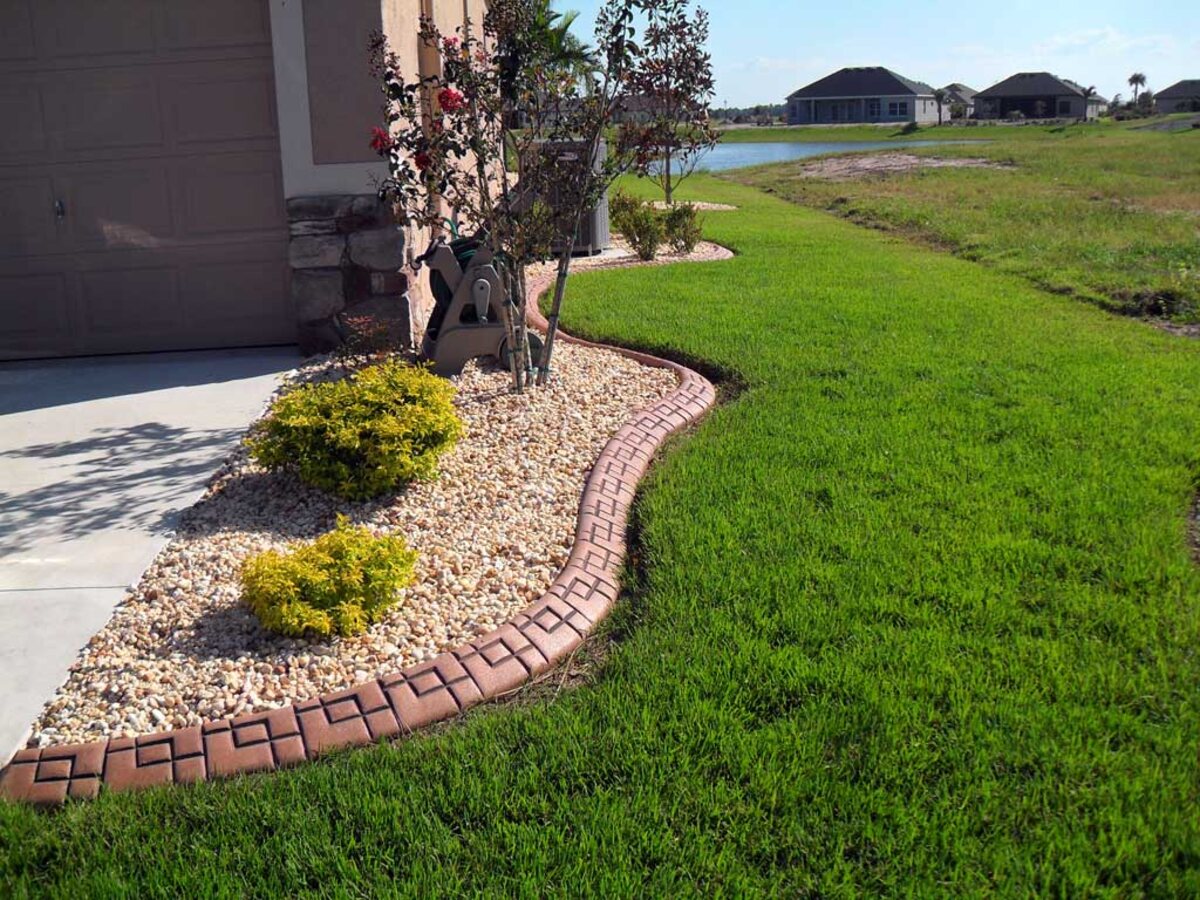
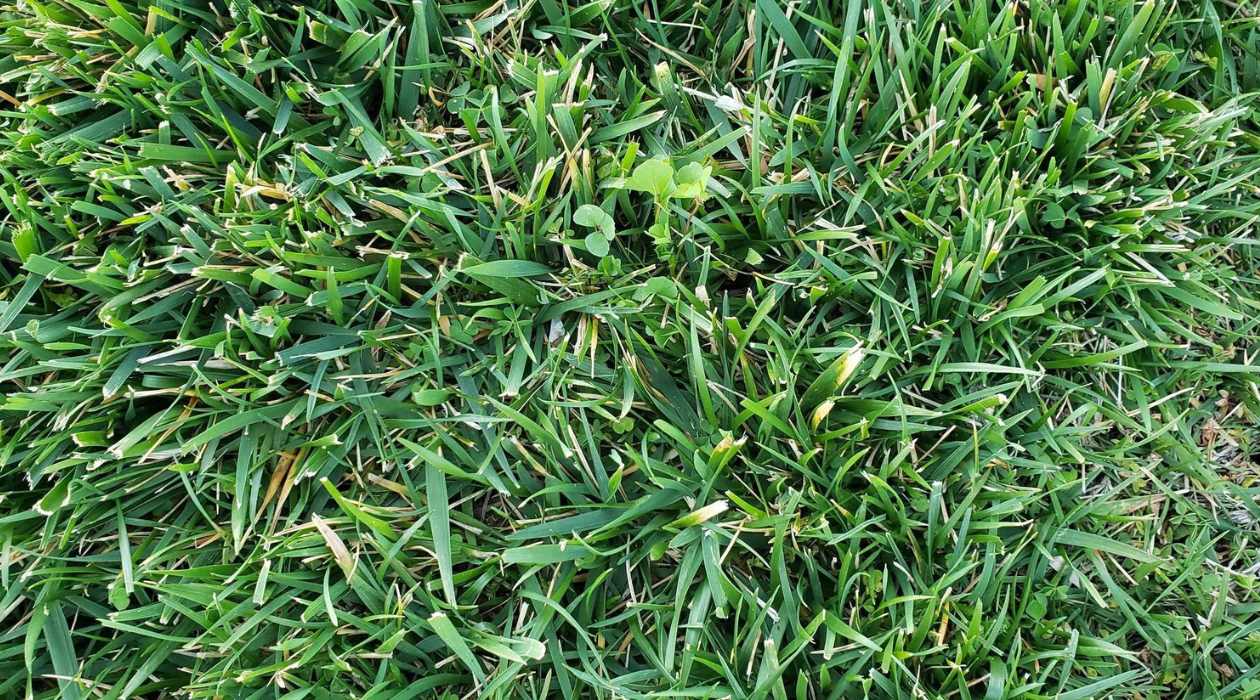
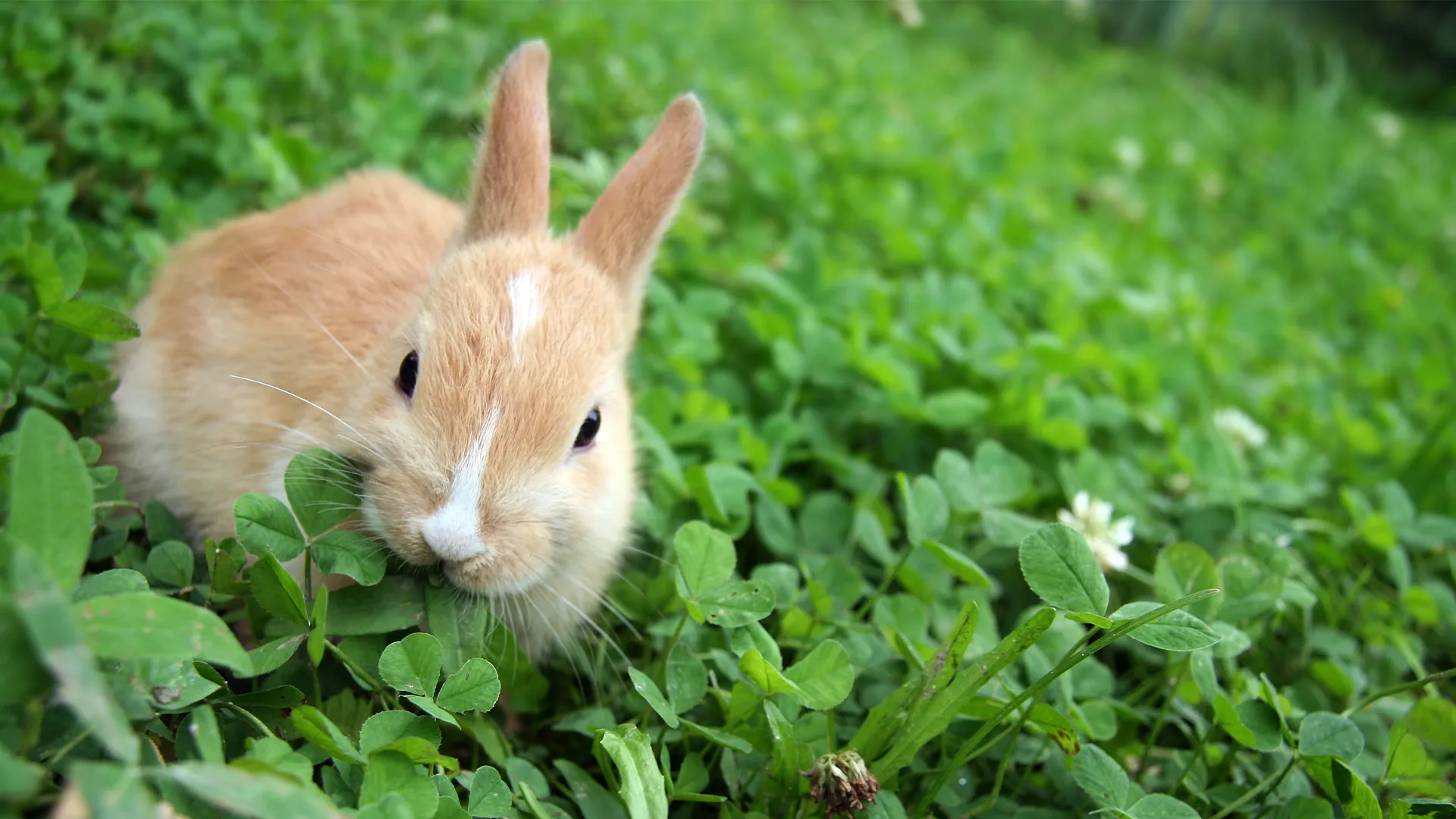
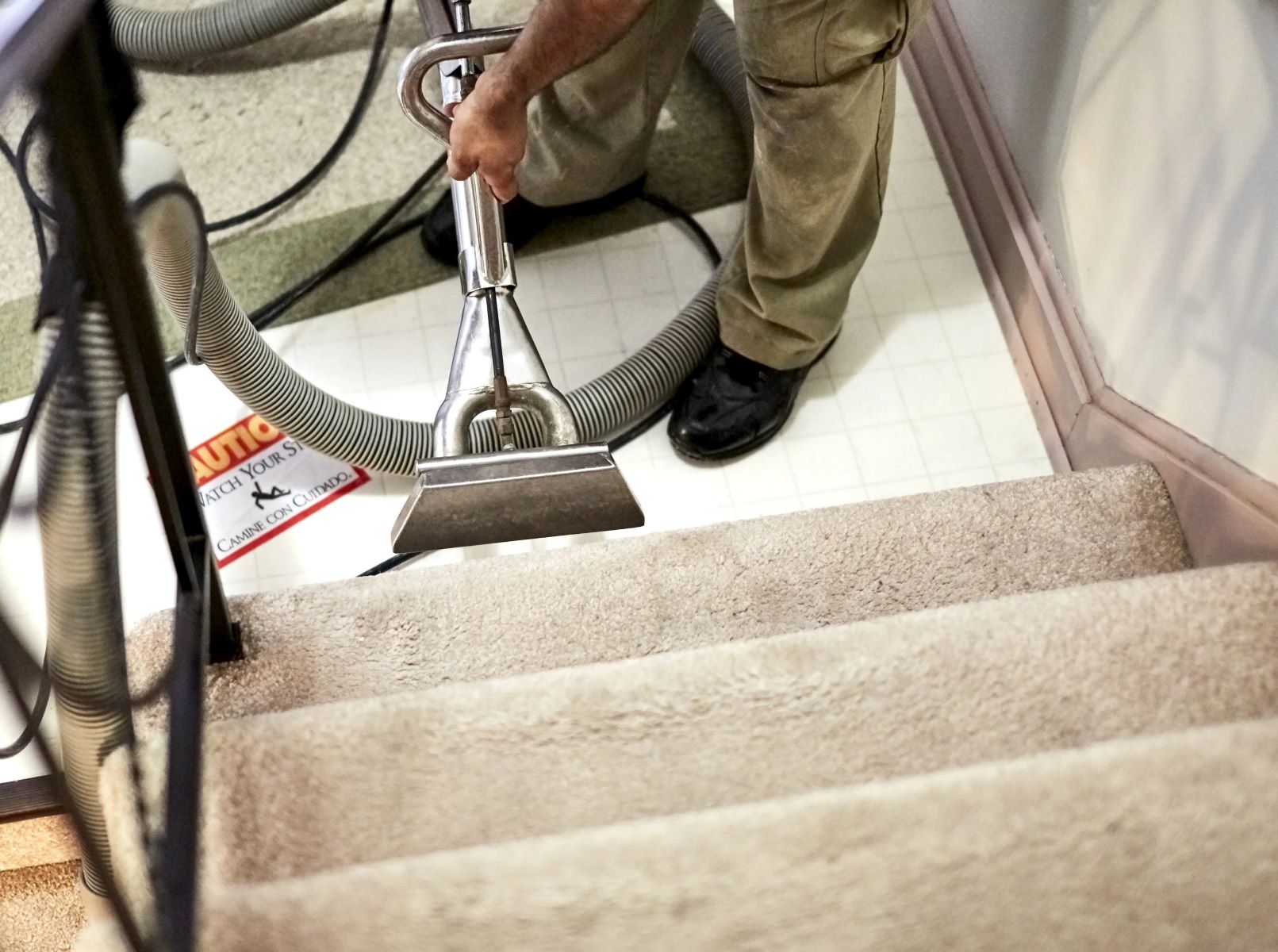
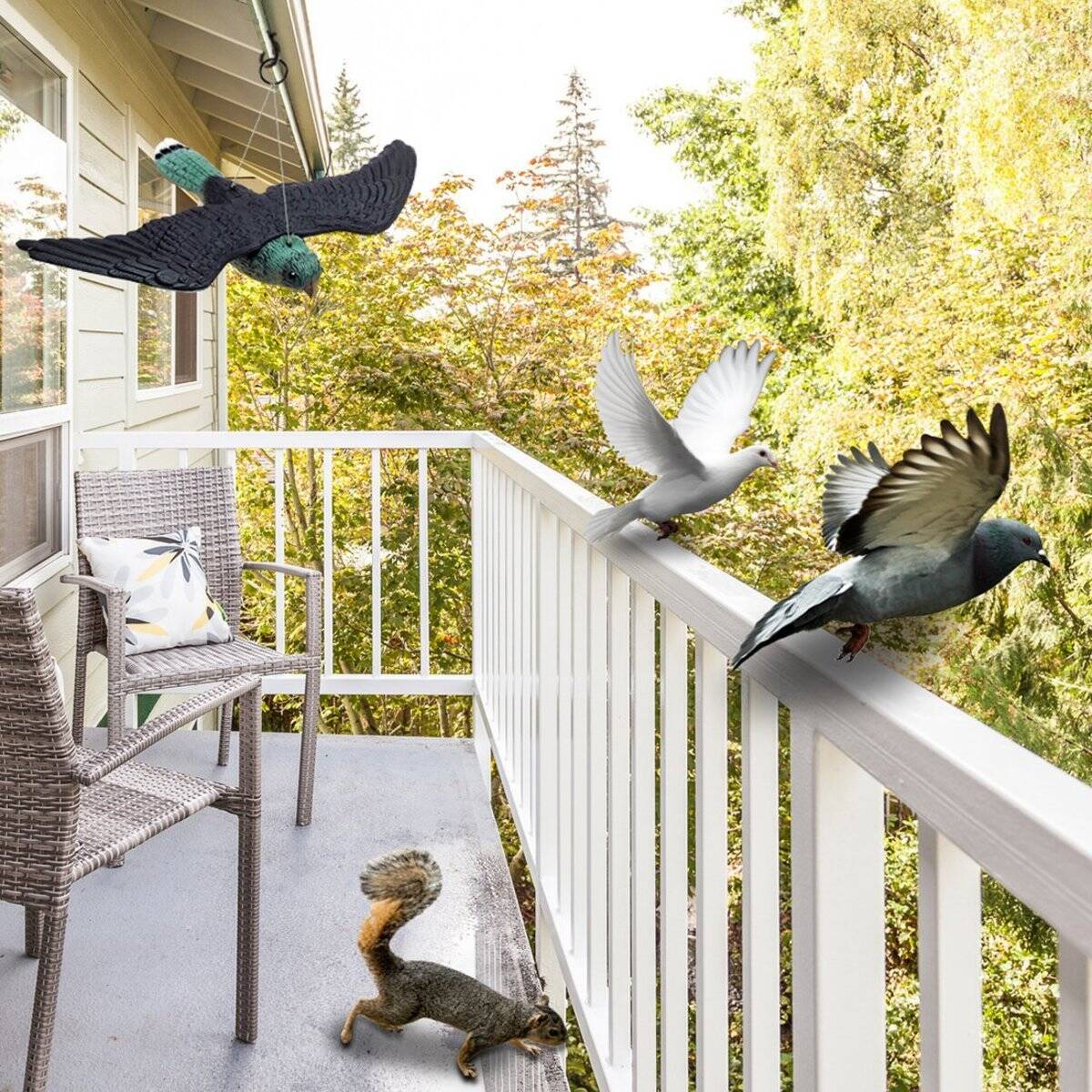
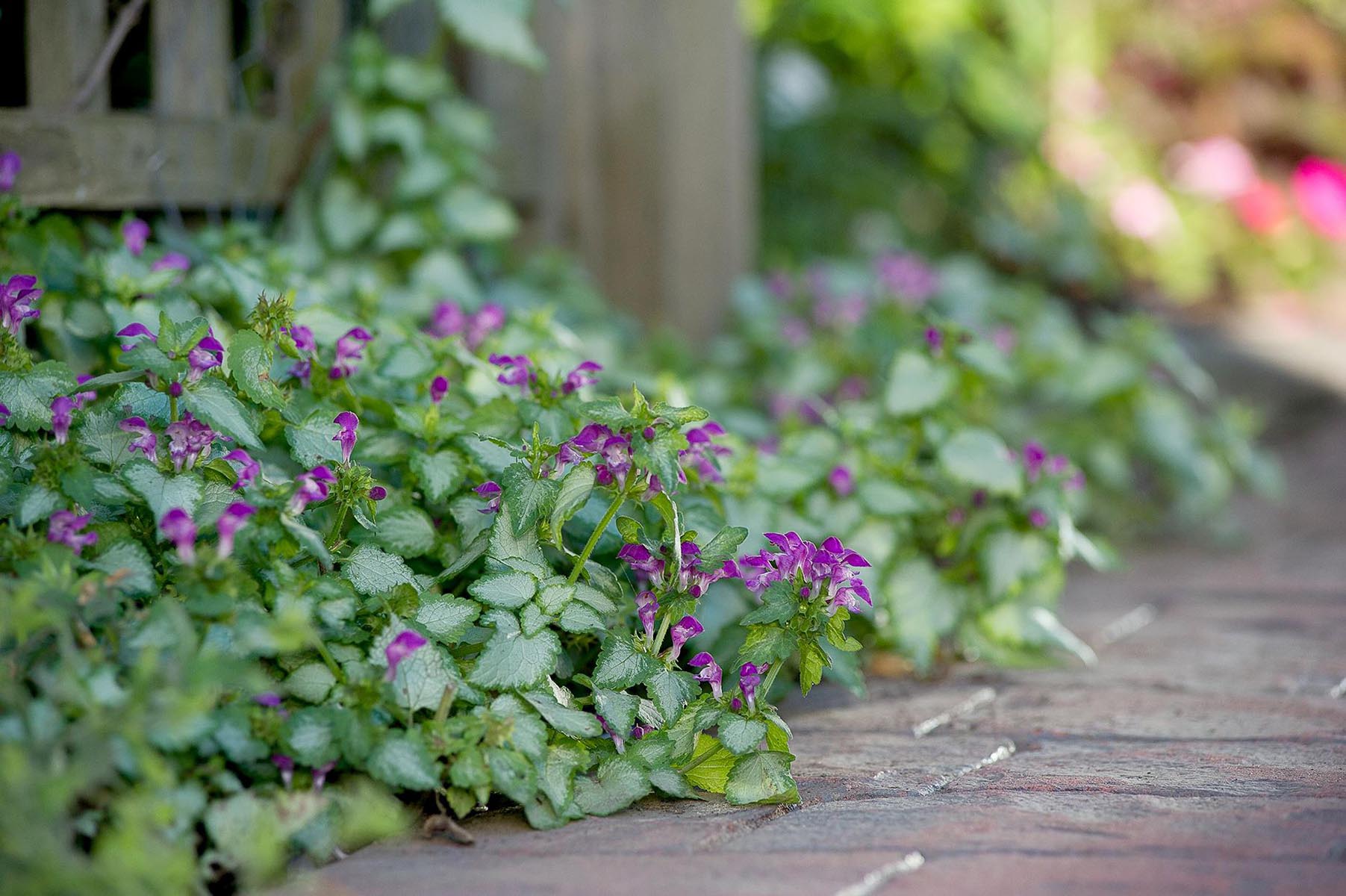
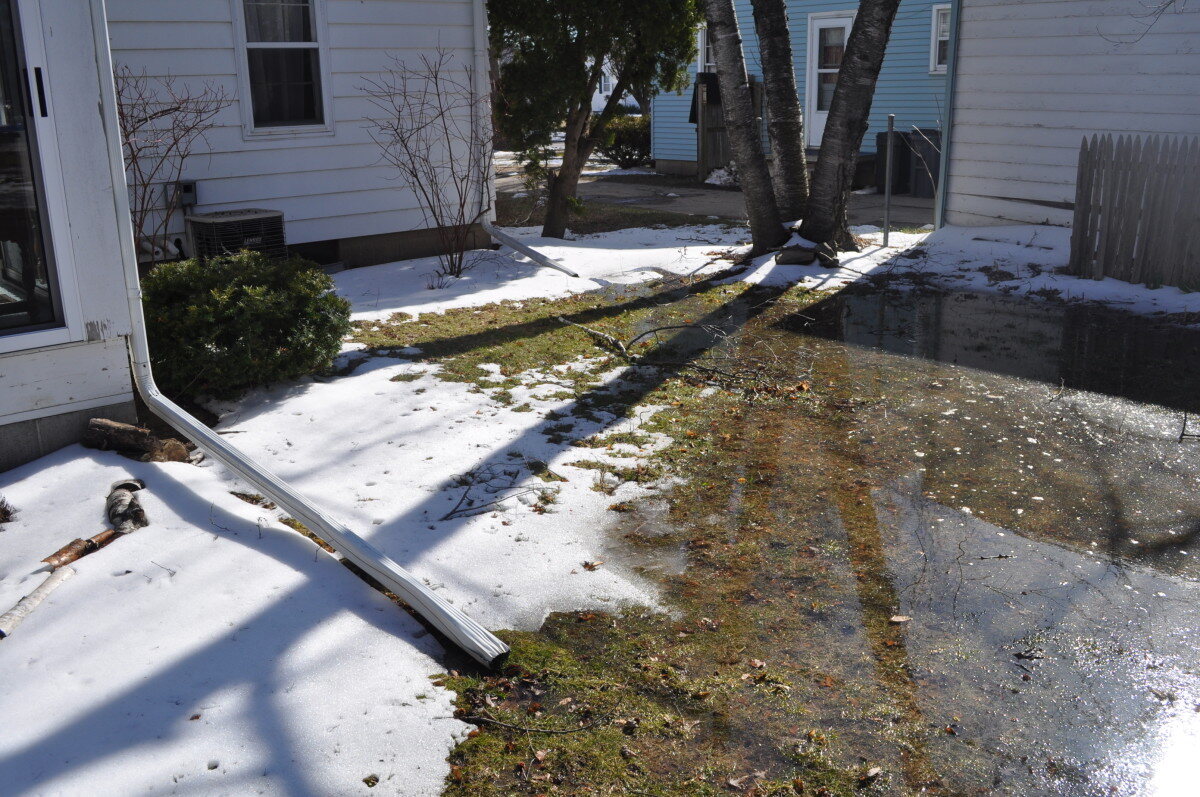
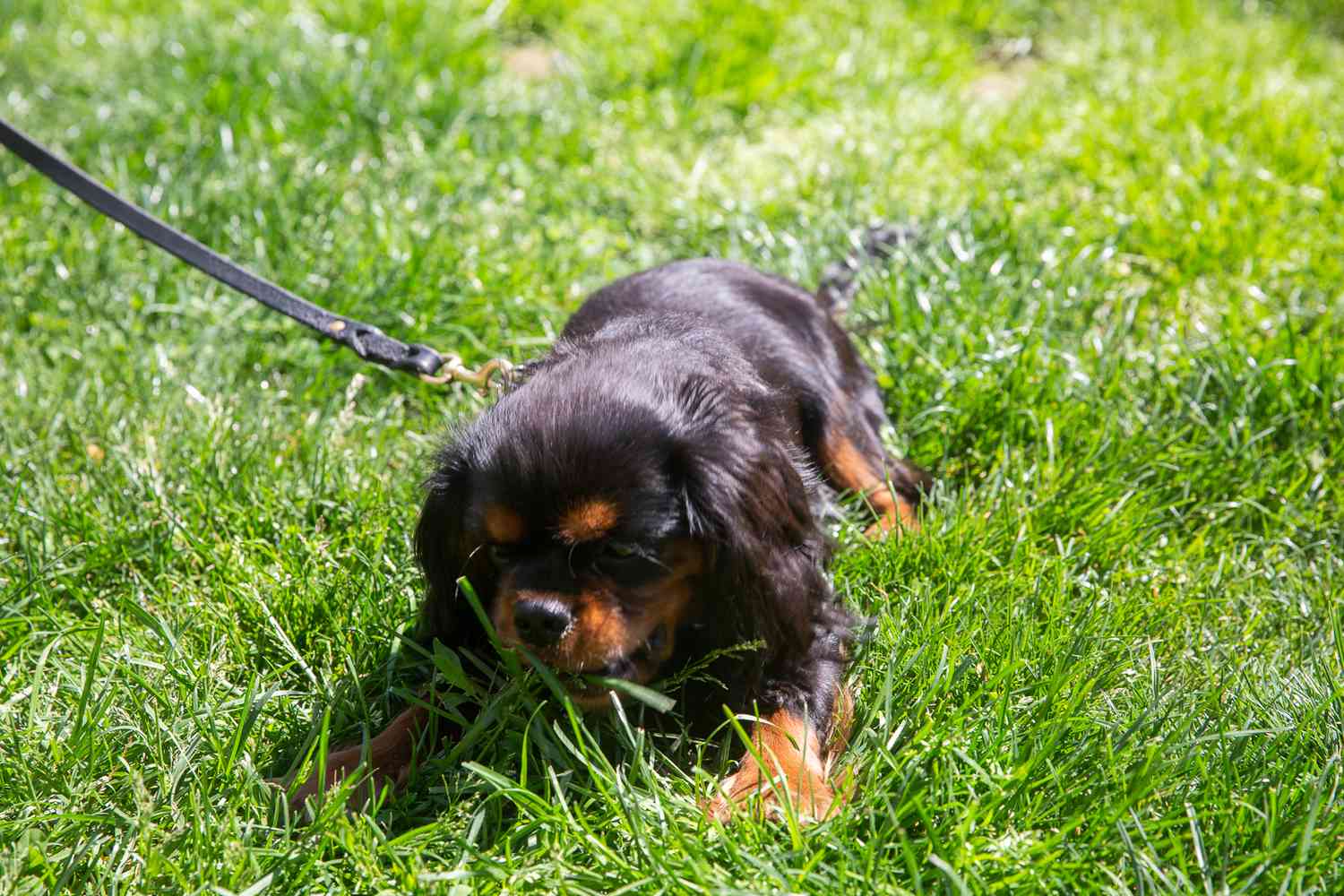
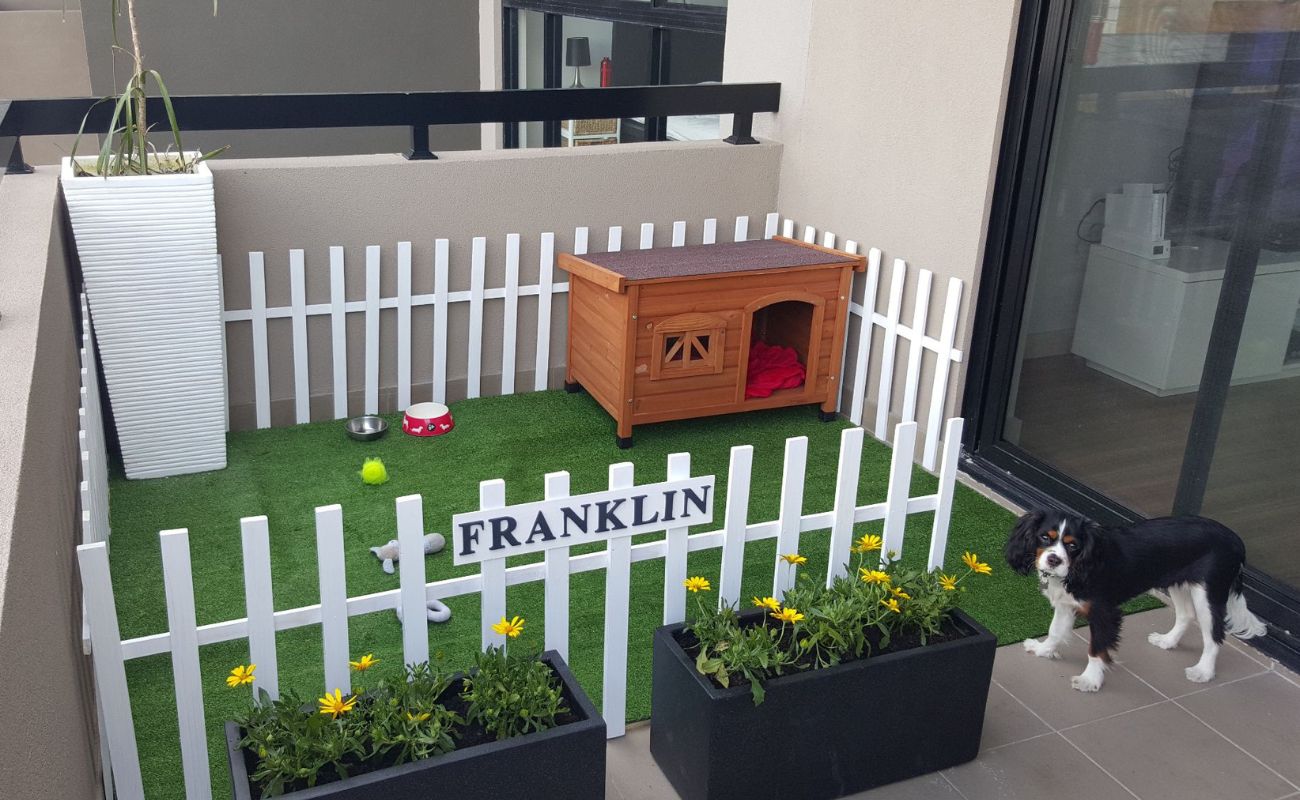
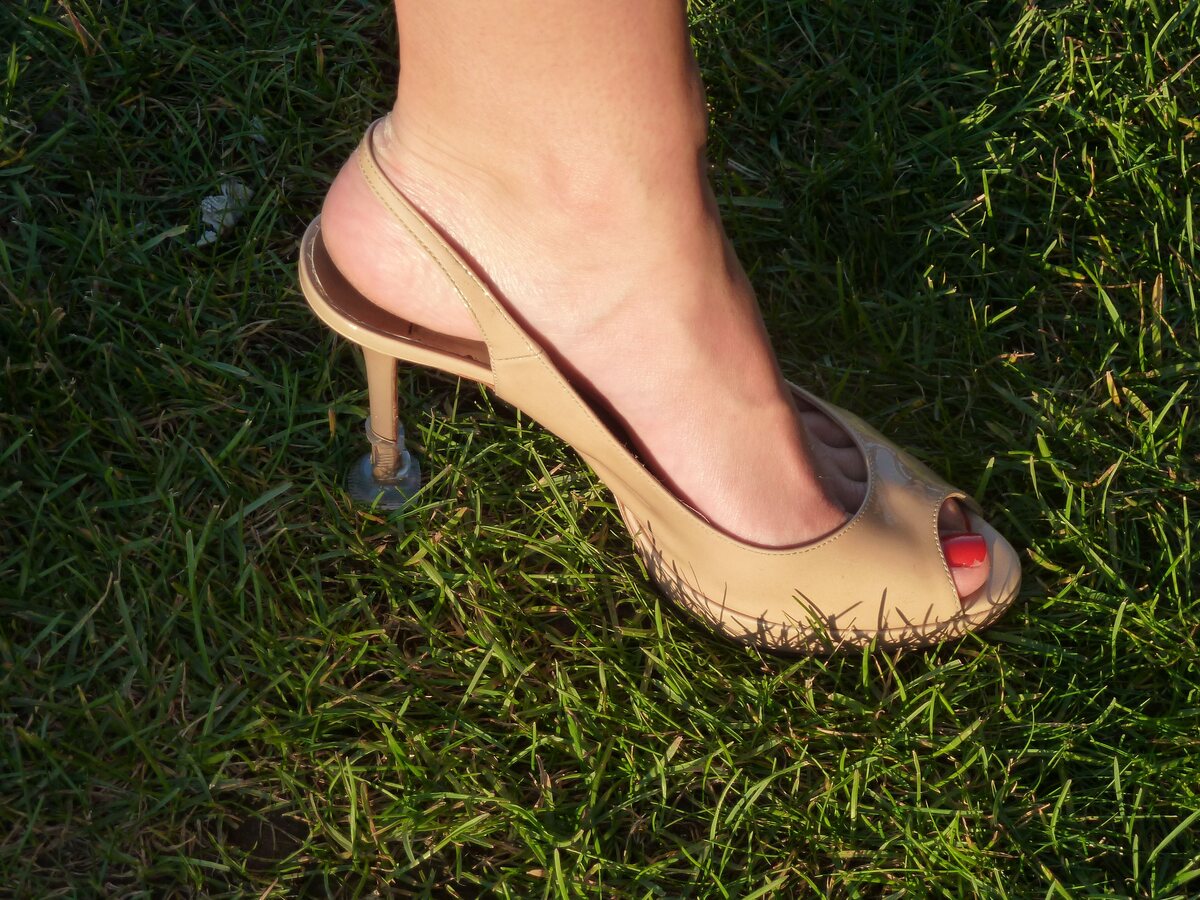

0 thoughts on “How To Stop Pet Urine From Killing Grass”